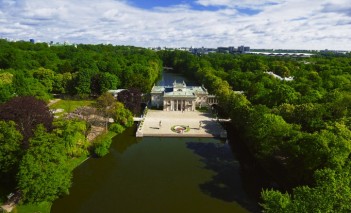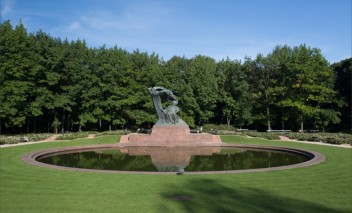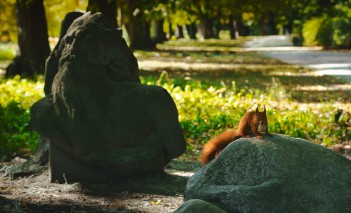New splendour of the Myślewicki Palace - from 7 October
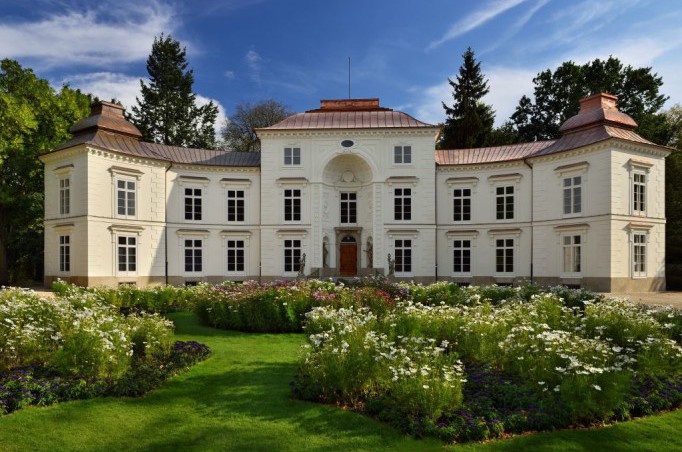
The results of a few months’ work by specialists, who made it possible to uncover historical polychromes, can be admired in the Myślewicki Palace already from 7 October. - Following the conservation work the Palace gained new splendour to reflect its 18th century character - said Piotr Zambrzycki, Chief Conservator of Royal Łazienki.
- The conservation of the Myślewicki Palace was very extensive. It covered not only what is visible outside the building, for example the roofs which will become greenish with time when patina covers them, but above all the interiors. We were able to refresh them and to highlight the original palette of colours from the times when the Palace was erected. In several places we managed to uncover beautiful polychromes. Let’s remember that for every conservator the superior aim is to preserve the facility in the form it represented in the past - said Piotr Zambrzycki in an interview with the Virtual Museum.
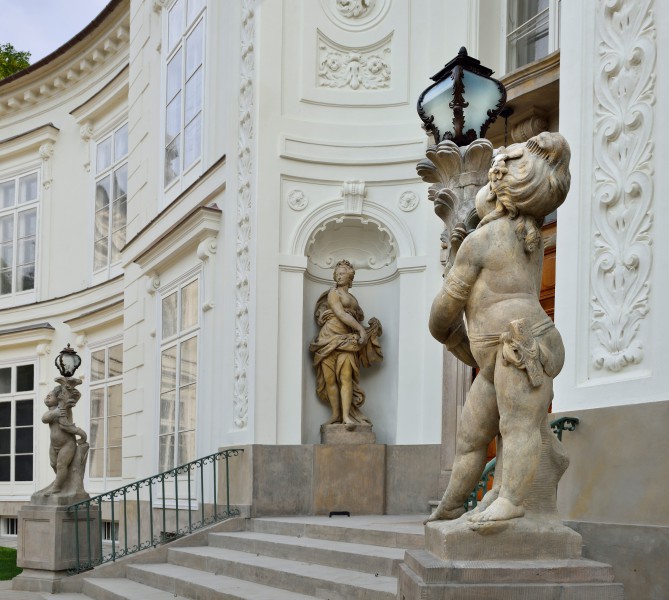
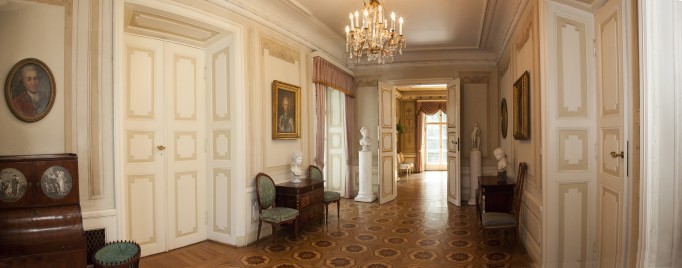
The conservation work, the beginnings of which go back to the years 2012-2013 (the designing stage at that time), covered exclusively the so-called old decoration. The conservation of paintings or sculptures is carried out independently of the work conducted outside and inside the building. The results of the conservation work will be especially visible in the most decorative parts on the ground floor of the Myślewicki Palace. - By restoring the colours we managed to emphasize certain flavours, gildings, which until now could not be admired by visitors as they were covered with paint. Today, the Myślewicki Palace gained new splendour corresponding to its authentic character - stressed the Chief Conservator of Łazienki.

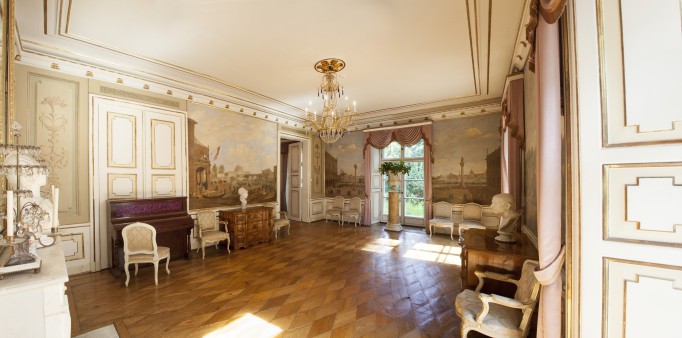
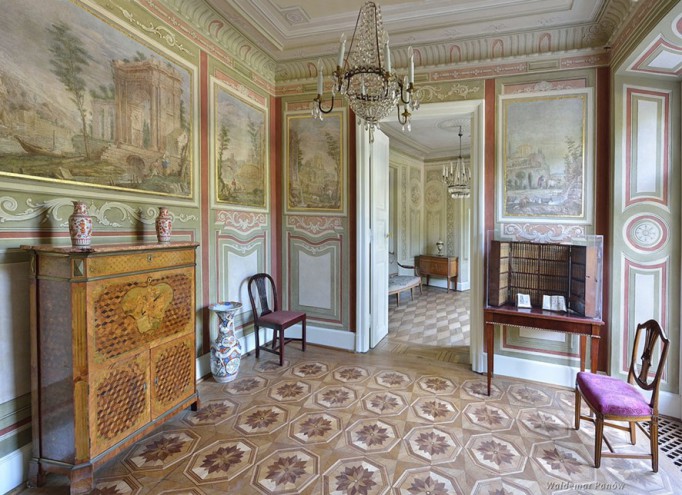
The Myślewicki Palace was preserved from the times of its erection in the 18th century without any major conversions. For many years it served as a government building, so only today conservators can examine it thoroughly. - We made interesting and surprising discoveries, including old artefacts from the inter-war period that were found in the attic of the Palace. These are antique exhibits such as items of wardrobe, shoes, an umbrella, but also letters, magazines and publications. All this should now be examined carefully - explained Piotr Zambrzycki.
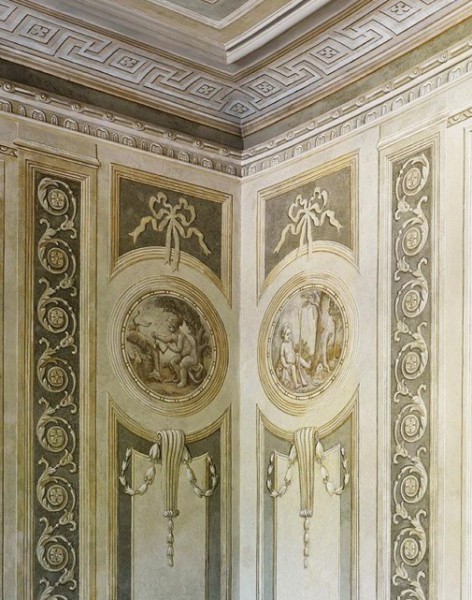
*
Initially, the Myślewicki Palace was supposed to be the residence of King Stanisław August, but finally it became home to Józef Poniatowski - the commander in chief of the army of the Duchy of Warsaw, a symbol of soldier’s valour and honour. It is testified by the initials of the prince - JP, which today can be seen by everyone and which are located above the entrance door. During the inter-war period the Palace became an official government building. It was also occupied by Bolesław Wieniawa-Długoszowski, the famous adjutant of Józef Piłsudski, also known for his soldier’s virtues. - I believe that our opening on 7 October will be the beginning of a new career for the Myślewicki Palace. All the more so because we will soon be able to show next discoveries on the second floor of the Palace, where polychromes were found in places that no one suspected. Full conservation of these places will finish next year - concluded Piotr Zambrzycki.
*
For many years the Myślewicki Palace fulfilled numerous official, stately functions. The impressive interiors hosted debates on state matters, the apartments accommodated the generals of the tsar, and after Poland had regained independence, also the members of the Polish government, foreign guests of the Polish authorities. Not only domestic matters were discussed here. The Myślewicki Palace also witnessed important international talks. In the years 1958-1970, it was the venue of a few dozens of meetings of representatives of the People’s Republic of China and the United States of America. The talks held here were then the main platform of dialogue between the two states and contributed to mutual trust and preservation of peace.
